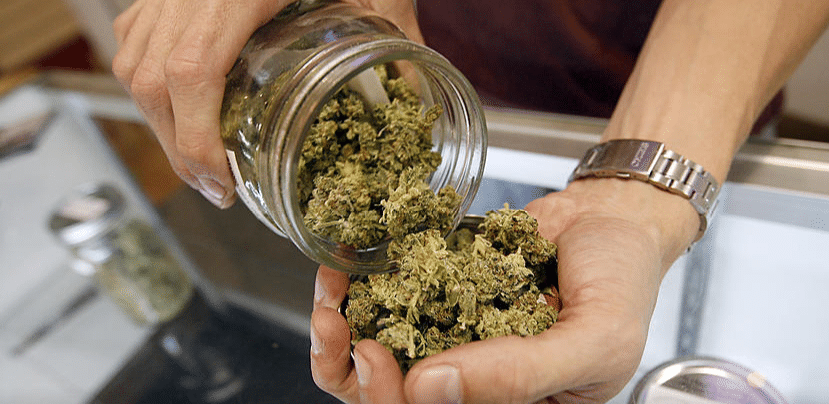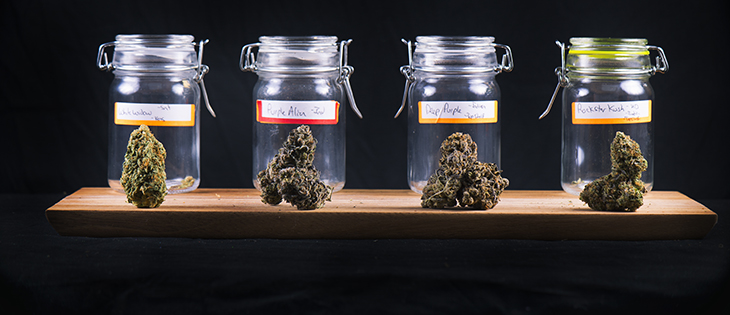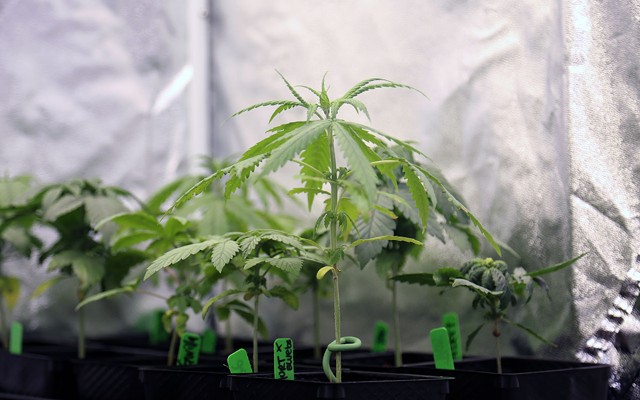Before recreational marijuana usage became legal in eight states, weed tech typically stayed in the realm of online discussions. In fact, it wasn’t that long ago that bongs and rolling paper were the most sophisticated ways to partake of weed.
Now, though, the mixture of recreational and medicinal marijuana laws has brought legal weed to more than half the country. As a result, Silicon Valley and other major technology players have become highly interested in developing weed tech.
This rapidly expanding industry has already spawned an international annual convention, Cannatech, which brings innovative minds together to discuss new advances in weed tech. Presenters and attendees have helped create and produce some truly impressive pieces of technology that take marijuana products out of the local head shop and give them a very modern twist.
Intriguing weed tech developments
Whether you use marijuana or simply have a soft spot for cool tech, there’s a lot in the weed world that’s worth looking at. For example, proper lighting has always been necessary for indoor growth, but this used to be very cumbersome and expensive. Advances in LED technology have brought the cost and energy consumption down. It’s also now possible to create customized light spectrums with LEDs, which could lead to big changes in marijuana strains.
Other pieces of weed tech that are worth keeping an eye on include:
1. Solvent extractors
One of the biggest recent changes in marijuana is the ability to extract cannabis concentrate. This takes the form of solvents such as rosin hash oil. Within the past year, solvent extractors have become increasingly available, and weed tech leaders have made it possible to extract solvent in larger quantities and at lower temperatures. The end result provides a different type of high, and solvent extractors are now being produced for home usage.
2. Discreet vaping
Vaping technology has given new life to the tobacco industry, and it’s also become a major component of marijuana usage. Vaping removes a lot of the stigma involved with lighting a joint or smoking a bowl because most people cannot tell what you’re vaping. Additionally, the latest vaping devices offer features that make them even more discreet. For instance, the PAX 3 can be partially controlled via a smartphone app.
3. Cannabutter Machines
Marijuana edibles are a big business, especially in medicinal marijuana shops. But what about people who take care of everything for themselves at home? Cannabutter devices such as the MagicalButter Machine have popped up recently, and they enable users to mix buds and trim, butter and a few herbs into an edible product that doesn’t emit any smell. Therefore, people can keep their marijuana usage completely private and avoid negative encounters with neighbors or their landlord.
4. Plug ‘n Plant Grow Systems
Perhaps the most impressive weed tech is the development of automated miniature grow houses. The plug ‘n plant grow system from LEAF automatically controls the climate, light and nutrient dosing to deliver the best possible results. These systems are expensive, so they’re targeted at high-end users and cultivators. If the price isn’t a deterrent, though, you could also use this approach to grow other crops.
credit:The Next Web
Apps give new life to growing marijuana
Other existing products, including LEAF’s plug ‘n plant system, can be controlled or enhanced by an app. There are also many social networking opportunities via apps for growers and marijuana enthusiasts. Tapping into this market is a no-brainer for app developers, and the value of these apps should continue to increase as marijuana laws evolve.
Getting the word out
One major challenge that weed tech faces is the issue of how to advertise it. Although it’s not technically illegal to advertise marijuana shops and products on television, there are numerous restrictions in place that make this traditional form of advertising practically impossible to utilize.
Companies working with weed tech may also be turned down by print publications. This is because there is a lot of concern about children seeing ads related to marijuana. Just like cigarettes and alcohol, there is an age requirement for legally purchasing recreational and medicinal marijuana. As a result, it’s typically not possible to purchase advertising unless the media source in question is also intended solely for adults.
The marijuana and weed tech industries have been doing a good job of policing themselves to avoid legal issues with advertisements. A prime example is the fact that many companies make website visitors enter their birthdate before they can access the site’s content.
Building a website and social media presence is an important first step, but getting the word out is further complicated by ad restrictions placed by Google AdWords and Facebook. However, many companies have found great success by taking advantage of influencer marketing for marijuana. In a nutshell, this involves finding highly influential social media users and working with them to get your company’s link shared with a large audience.
The future of weed tech
It may be complicated to advertise marijuana and weed tech, but there’s still a big market for it. As weed tech becomes even more sophisticated and viewpoints about legal marijuana continue to relax, we can expect to see an even bigger focus on this industry from the leaders of Silicon Valley.
With 13 percent of Americans regularly using marijuana, it’s only a matter of time before ads become more commonplace. Non-users may also end up benefiting from alternate applications for the weed tech that’s currently being created. In other words, this growing industry appears to be a win-win for tech innovators.














